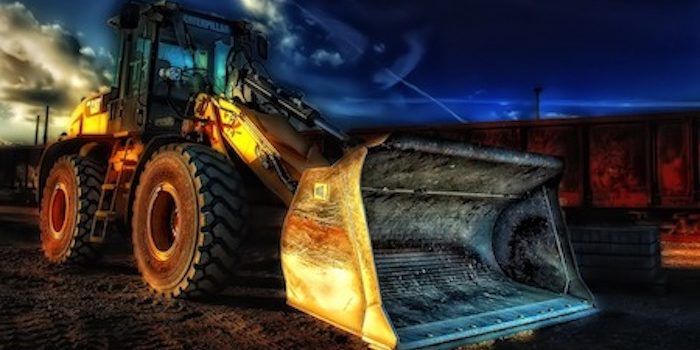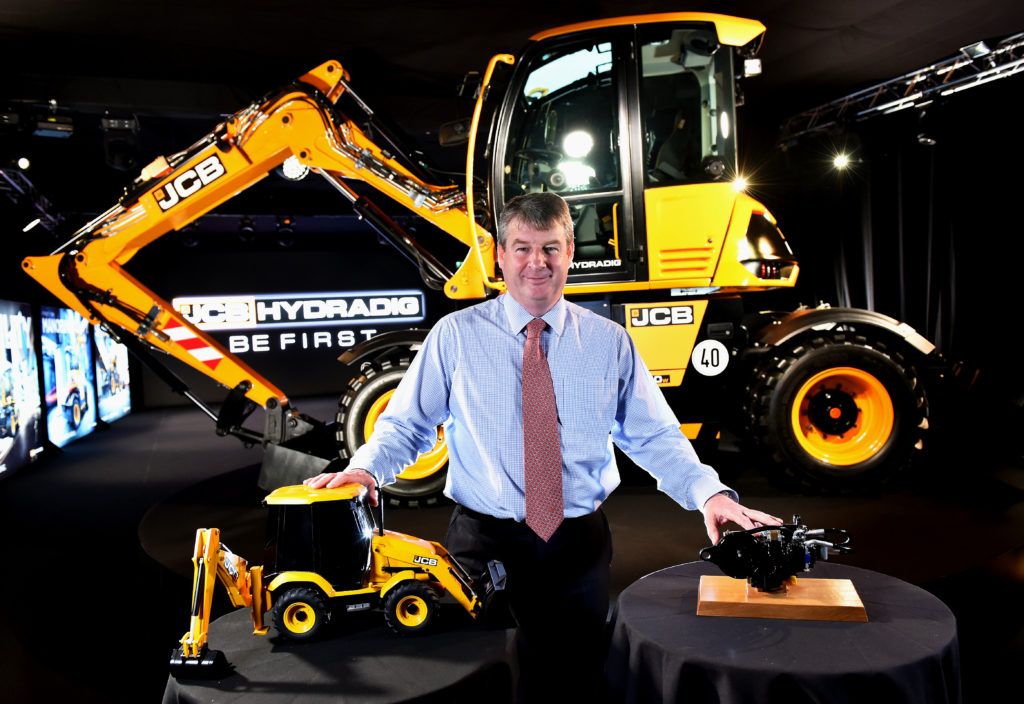 Many experts within the industrial vehicle industry predict an electric future and iVT’s Electric & Hybrid Industrial Vehicle Technology Symposium is leading the way with a packed audience and eager participants.
Many experts within the industrial vehicle industry predict an electric future and iVT’s Electric & Hybrid Industrial Vehicle Technology Symposium is leading the way with a packed audience and eager participants.
However, following our previous opinion piece from Dr Peter Harrop, which looked forward to further electrification of construction vehicles in the near future, Dr Niall Caldwell, managing director of Artemis Intelligent Power Ltd, offers a counter argument. In his opinion, while hybrids are undoubtedly a growing trend, a pure electric future for construction vehicles is still some way off.
I attended iVT conference in Cologne, where many forecast an electric future for construction vehicles. I thought then that some had drunk a little too much Californian spirit, and needed to soak it all up with a big plate of engineering and business reality. Perhaps before we simply copy and paste the current EV hype from passenger cars to construction vehicles, we should compare the fundamentally different duty cycles, environments and actuation requirements.
Electric cars are often second cars for people who also keep a conventional car for longer journeys, and they usually return back home for charging overnight. A passenger car with 80kW peak power may only consume 5kW on an average duty cycle, so it can have an acceptably limited range with a battery which can be packaged in the space available. But despite these favourable conditions, and heavy government subsidy, battery-electric is still making only a marginal impact in passenger cars today – representing a few percent of new car sales.
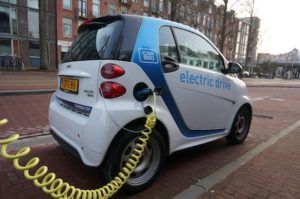
In the UK at least, this is actually quite convenient for government. In today’s political climate the public is reluctant to pay subsidies for the better-off to feel smug in their electric second car at the taxpayer’s expense, while also avoiding the fuel and road tax that normal cars pay. And the authorities know that there is not anywhere near enough renewable energy on the grid to fulfill our existing electrical load, let alone the additional load that full electrification of our passenger car fleet would represent. Charging batteries from fossil-generated electricity gives hardly any CO2 benefit at vast expense, and is a bit of a nonsense. So perhaps the time to roll-out electric passenger vehicles is once we’ve fully de-carbonised the grid, we have tackled the low-hanging fruit of the poor energy efficiency of existing loads, and have renewable energy to spare.
Due to this low market penetration, the vast majority of fuel consumption improvements actually delivered to the UK passenger car fleet overall are incremental – what BMW called “Efficient Dynamics” – including engine start/stop, aerodynamics, light-weighting, low friction surface treatments, and many others.
 Heavy vehicles are fundamentally more difficult. City buses drive at full throttle or full braking effort much of the time, so electrical drivetrains are much more expensive. A typical electric hybrid bus costs 50% more than a pure diesel, and the pay-back period based on fuel savings is longer than the life of the bus. So there really is no business case for electric hybridisation of on-road heavy vehicles without heavy political backing and public subsidy. And in terms of air pollution, upgrading ageing fleets to modern diesel (or natural gas) engines offers a much bigger bang-for-buck than buying a few high-profile electric showpieces for the mayor’s photo-op.
Heavy vehicles are fundamentally more difficult. City buses drive at full throttle or full braking effort much of the time, so electrical drivetrains are much more expensive. A typical electric hybrid bus costs 50% more than a pure diesel, and the pay-back period based on fuel savings is longer than the life of the bus. So there really is no business case for electric hybridisation of on-road heavy vehicles without heavy political backing and public subsidy. And in terms of air pollution, upgrading ageing fleets to modern diesel (or natural gas) engines offers a much bigger bang-for-buck than buying a few high-profile electric showpieces for the mayor’s photo-op.
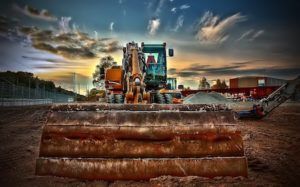 Off-road heavy work vehicles are even more challenging. A 20T excavator uses 60kW on average, for what might be an 8 hour day (480kW-hr). A battery to store enough energy for a day’s work would be extremely bulky and expensive. Bear in mind that the Tesla S has a 85kW-hr battery – but costs more than the excavator! And once it is exhausted, then what? Where to plug it in on the construction site, especially as it is the excavator’s job to dig the trench for the electrical supply? If only electricity came in liquid form…
Off-road heavy work vehicles are even more challenging. A 20T excavator uses 60kW on average, for what might be an 8 hour day (480kW-hr). A battery to store enough energy for a day’s work would be extremely bulky and expensive. Bear in mind that the Tesla S has a 85kW-hr battery – but costs more than the excavator! And once it is exhausted, then what? Where to plug it in on the construction site, especially as it is the excavator’s job to dig the trench for the electrical supply? If only electricity came in liquid form…
Small machines may be more feasible candidates for battery power – but will the market pay the premium and accept the limitations? Most such machines are built down to a very low price and often serve the rental market – where the lack of charging facilities would be most inconvenient. How many would end up plugged into a diesel genset?
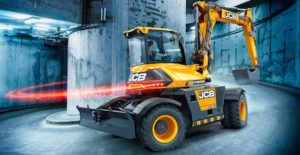 The JCB Hydradig is in a class of its own – but is one of the best statements what can be achieved by use of modern electrohydraulics, not electrics. Packed into its innovative compact envelope are a small diesel engine and fully hydrostatic propel and working functions. There is no room for batteries – even if there was a plug in the middle of every muddy field.
The JCB Hydradig is in a class of its own – but is one of the best statements what can be achieved by use of modern electrohydraulics, not electrics. Packed into its innovative compact envelope are a small diesel engine and fully hydrostatic propel and working functions. There is no room for batteries – even if there was a plug in the middle of every muddy field.
Then there is the issue of linear actuation. Excavators, wheel-loaders and all the rest rely on the tremendous force, power density and low cost of the hydraulic cylinder for multiple independent motion axes. What is the electric equivalent: perhaps a 60kW brushless motor, planetary gearbox and ballscrew on each axis? All connected by 700V cables to a central bank of silicon power electronics, and a 200kW-hr battery charged from…. solar panels on the roof? We might wonder how much this would weigh and cost, and how long it would last on a construction site. And how much environmental impact its exotic materials and expensive production processes would generate in manufacture and disposal.
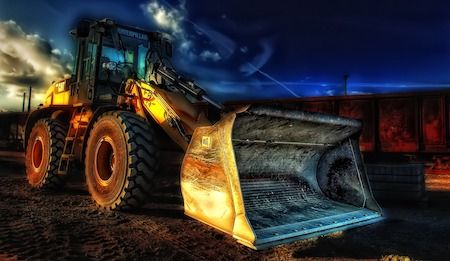 Most commentators have accepted that airliners are not feasible with foreseeable battery-electric technology, and suggest that dwindling liquid fuels be reserved for them. Different, but no less difficult challenges apply to off-road vehicles. The reality is that hydraulics and IC engines will continue to be used in off-road vehicles for the foreseeable future – for very good technical and business reasons.
Most commentators have accepted that airliners are not feasible with foreseeable battery-electric technology, and suggest that dwindling liquid fuels be reserved for them. Different, but no less difficult challenges apply to off-road vehicles. The reality is that hydraulics and IC engines will continue to be used in off-road vehicles for the foreseeable future – for very good technical and business reasons.
But there is certainly a profound problem with the efficiency of current hydraulic systems. My own research indicates around a 30% efficiency from engine power to the bucket on a typical excavator. This is perhaps not surprising, considering that the standard axial piston pump at its heart is a 120-year-old concept, and that excavator motions are still controlled by throttling oil from a higher to a lower pressure.
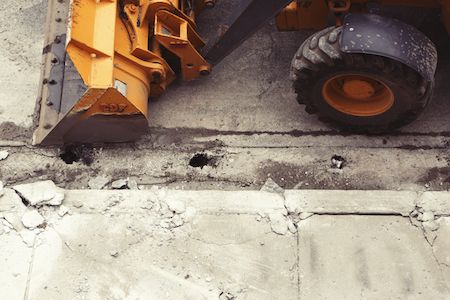
But a new wave of digital hydraulic components and systems will change all that, cutting fuel use and emissions by more than 50% while preserving the high power density, low cost and ruggedness of conventional hydraulics. Higher system efficiency and low-cost accumulator energy storage allows the engine to be downsized perhaps by half – for the same productivity. Modern diesel engines offer a fraction of the NOx and particulate emissions of previous generations, and have the merit of being refillable from a jerry can in the middle of a muddy field, without the risks of high voltage electricity. Moving from analog to digital hydraulics turns the excavator into a smart motion control platform for automation and enables the IoT revolution. Crucially, such systems can be delivered with a positive business case based solely on the fuel saved in two years of operation – without subsidy.
Such digital hydraulic hybrid systems are now being commercialised, and in my view offer a rather more realistic vision for a low-carbon construction site of the near future than electric dreams.
Agree? Disagree? Or need more information to form your own opinion about the future of hybid and electric industrial vehicles? Then join the debate and book your degate pass for iVT’s Electric & Hybrid Industrial Vehicle Symposium. Just click here


